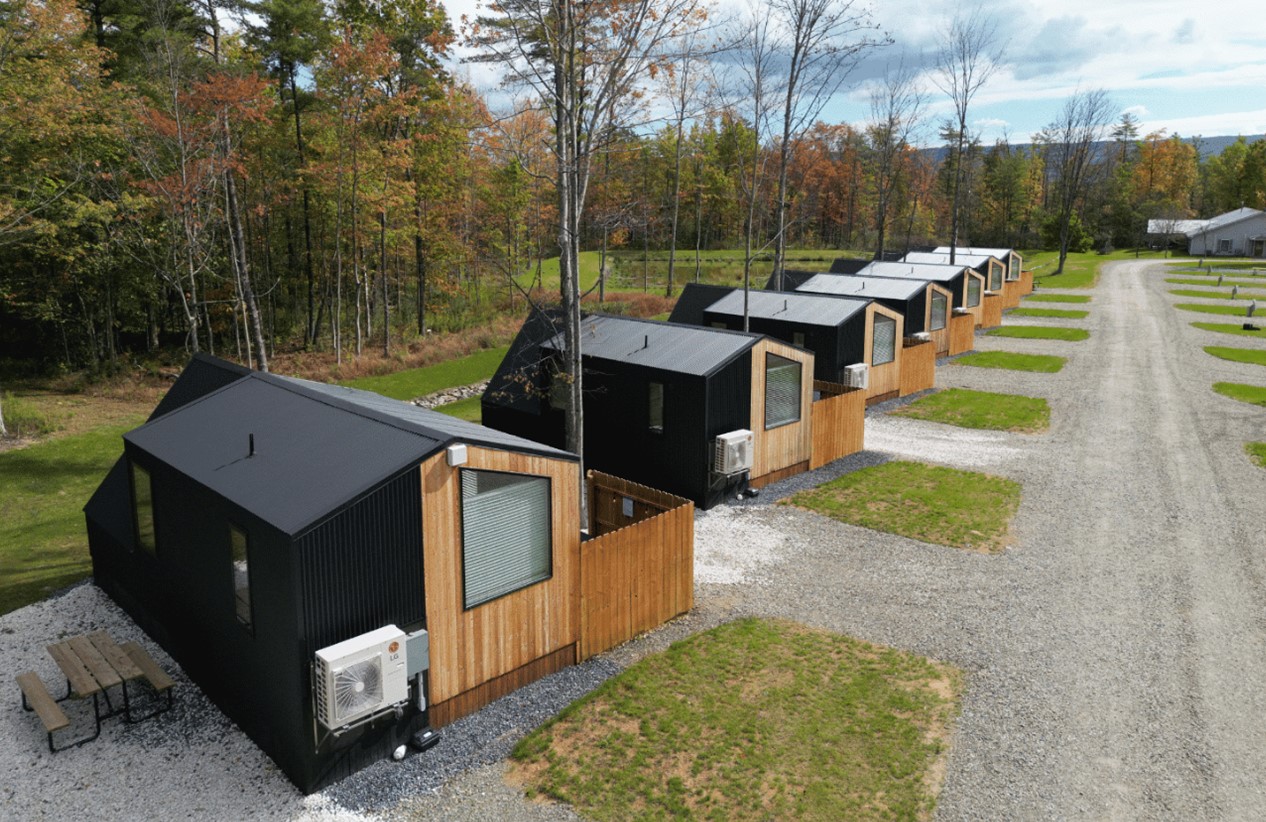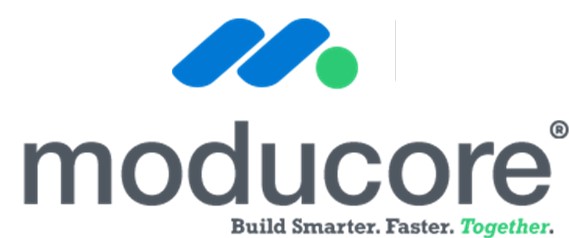In the heart of Colorado Springs, a beacon of hope and innovation is rising—one that addresses the pressing challenges faced by educators today. Harrison School District 2, in collaboration with the nonprofit organization We Fortify, is pioneering a transformative initiative: building affordable, dignified housing for teachers right on school grounds.

This visionary project, known as Wendy’s Village, is named in honor of Superintendent Dr. Wendy Birhanzel, whose unwavering commitment to educators has inspired a community-wide movement. Comprising 40 energy-efficient tiny homes, each 352 square feet, the village is set to occupy the former soccer field of Mountain Vista Community School. These homes are thoughtfully designed, featuring full kitchens, bathrooms, living areas, and bedrooms, all powered by electric energy. A central community center will serve as a hub for residents, offering a galley kitchen, event space, and raised garden beds.
The initiative addresses a critical issue: the affordability crisis that has made it increasingly difficult for teachers to live in the communities they serve. With starting salaries around $47,545, many educators struggle to afford housing in Colorado Springs, where the average rent is approximately $1,720 per month . Wendy’s Village offers these homes at a significantly reduced rent of $800 per month, providing a sustainable solution that allows teachers to focus on their vital work without the burden of financial strain.
Complementing Wendy’s Village is Prospect Village, a neighboring community designed for young adults aged 18-25. This development will offer 18 units at $600 per month and aims to provide long-term transitional housing, educational programming, and job opportunities for young people emerging from poverty .
The collaboration between Harrison School District 2 and We Fortify exemplifies the power of community partnerships in addressing systemic challenges. By leveraging district-owned land and the expertise of a nonprofit developer, the project minimizes costs and maximizes impact. Funding for the $6.5 million initiative is being sourced entirely through private, public, corporate, and foundation donations, ensuring that no taxpayer money is used.

This model of integrating affordable housing within educational environments not only supports teachers but also strengthens the fabric of the community. As Dr. Birhanzel aptly stated, “This project reflects our shared commitment to supporting educators and strengthening the future of our schools and neighborhoods”.
Wendy’s Village stands as a testament to what is possible when innovation, compassion, and collaboration converge. It offers a replicable blueprint for other districts grappling with similar challenges, demonstrating that with bold vision and collective effort, we can create communities where educators are valued, supported, and empowered to thrive.
As we look to the future, initiatives like Wendy’s Village inspire hope and reaffirm our commitment to those who dedicate their lives to educating the next generation.












